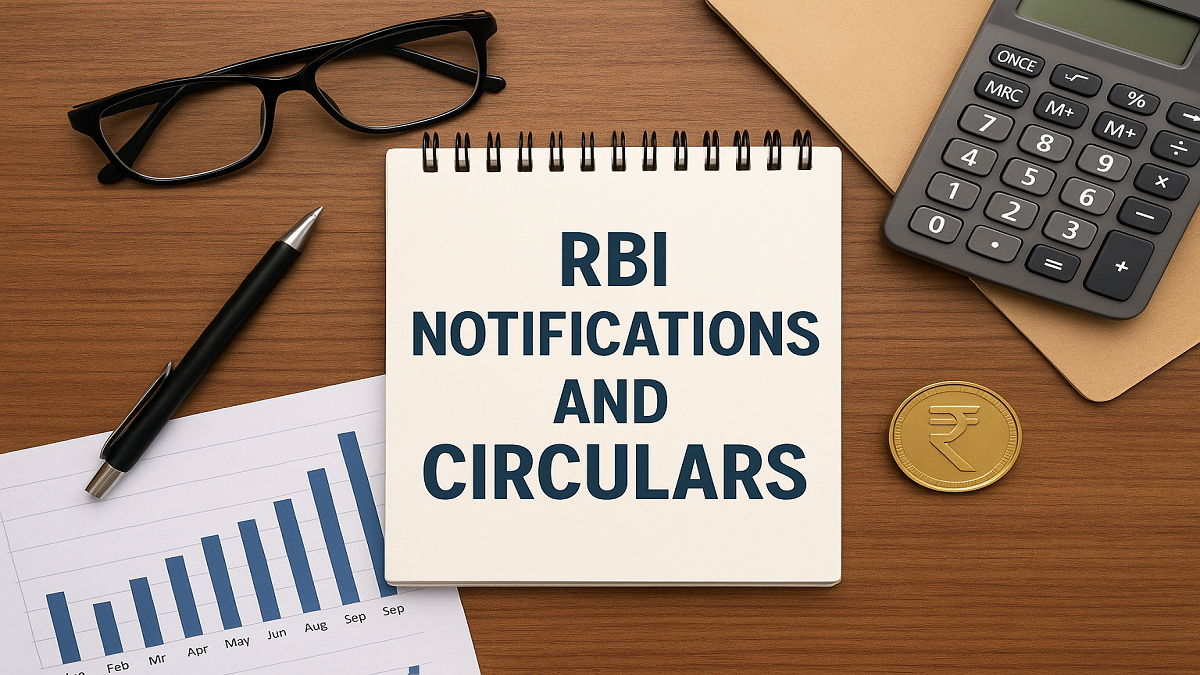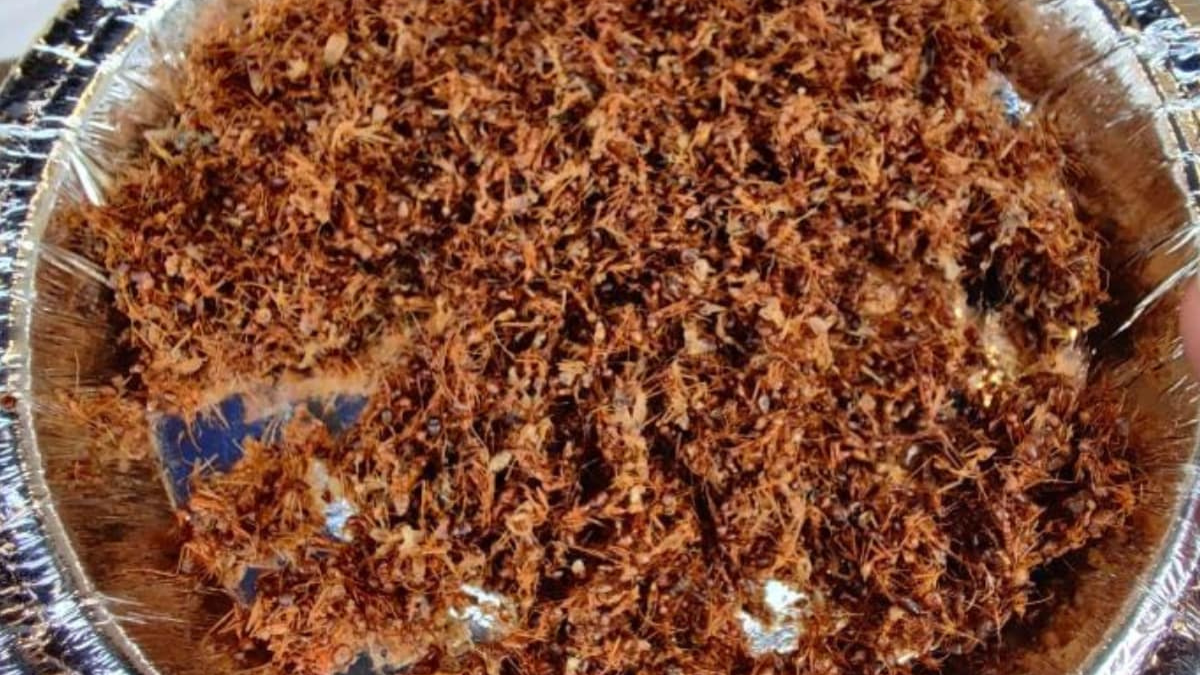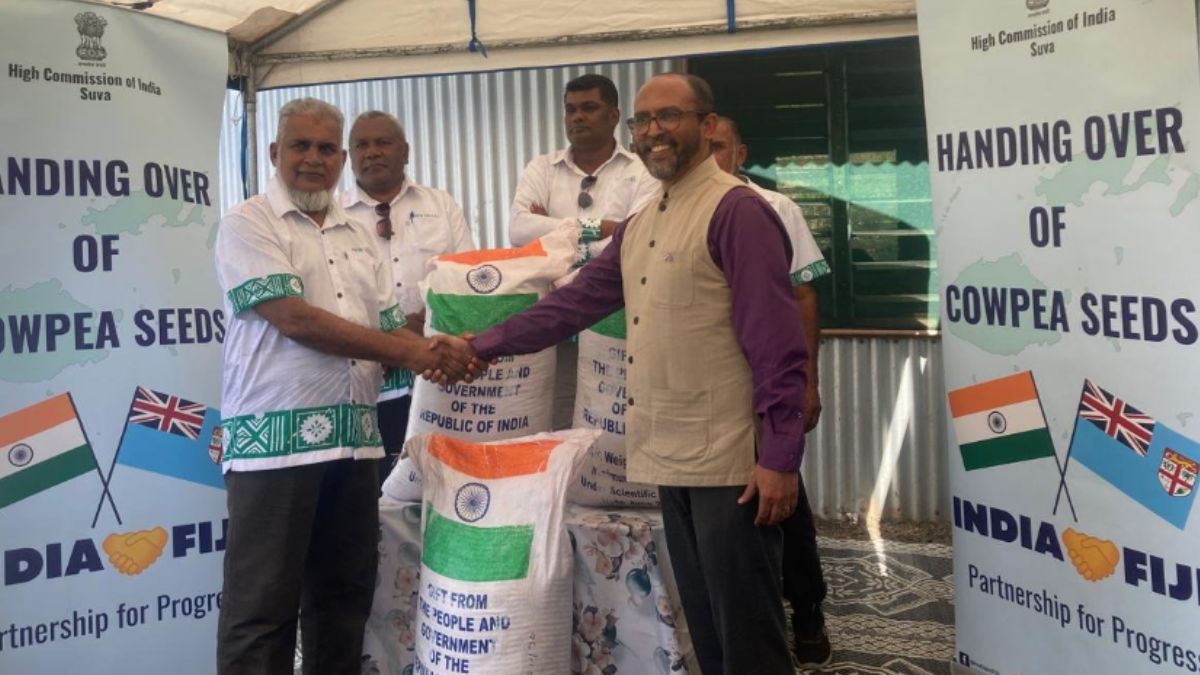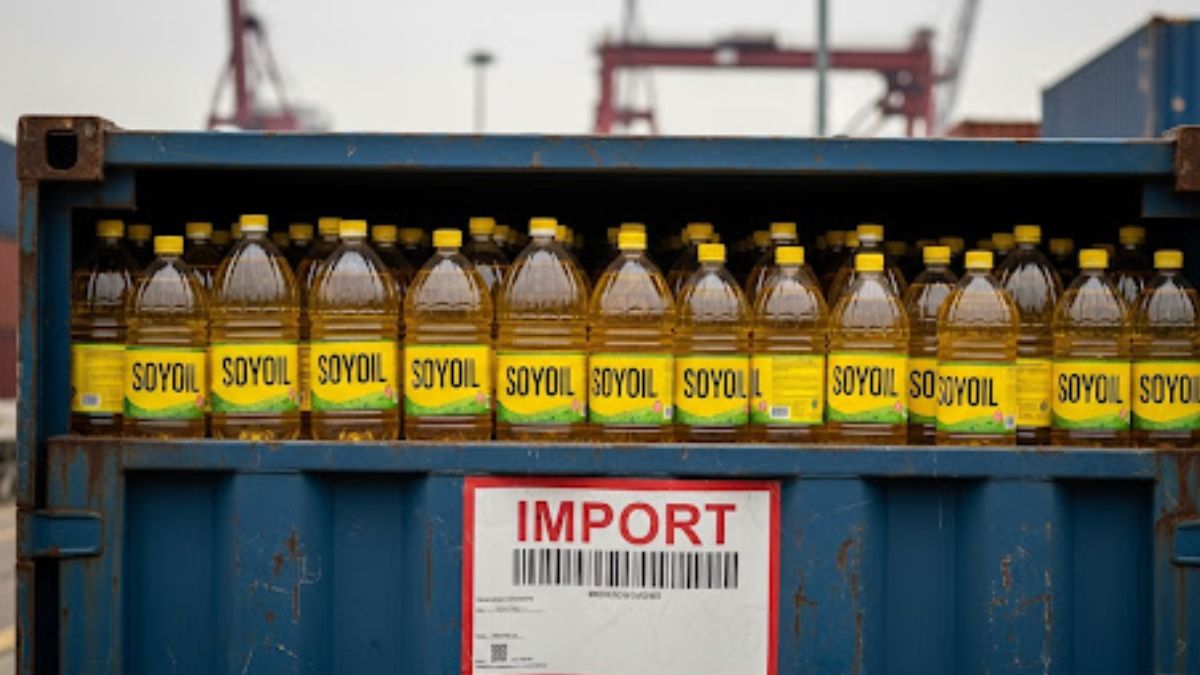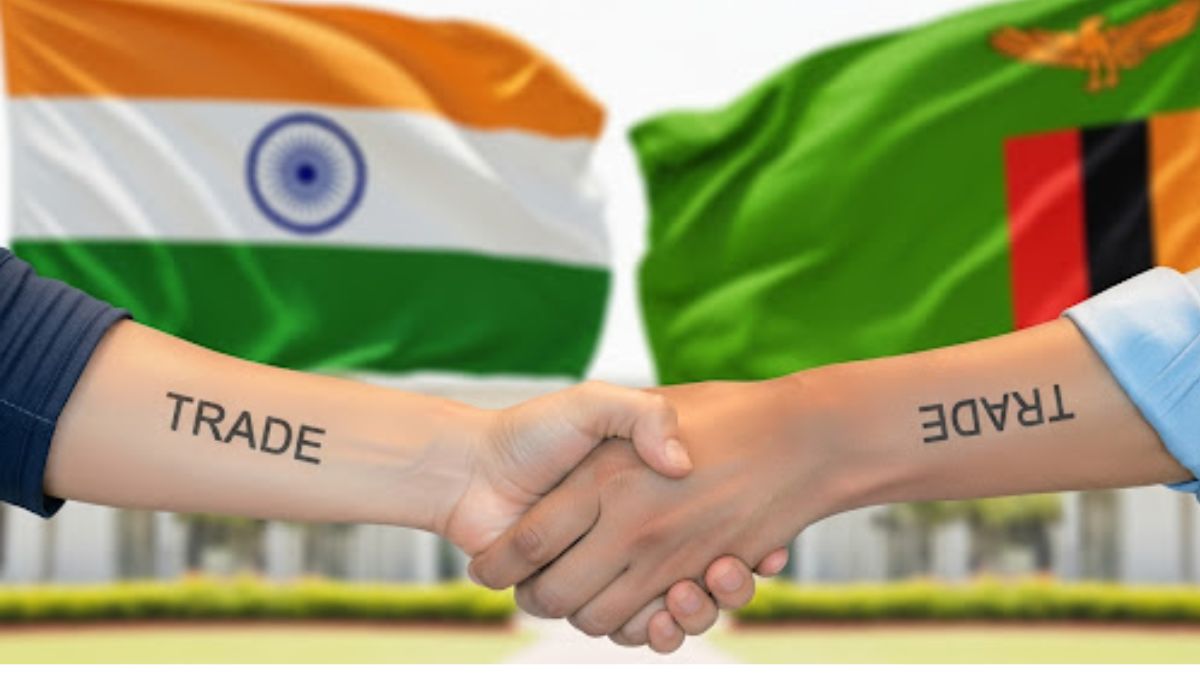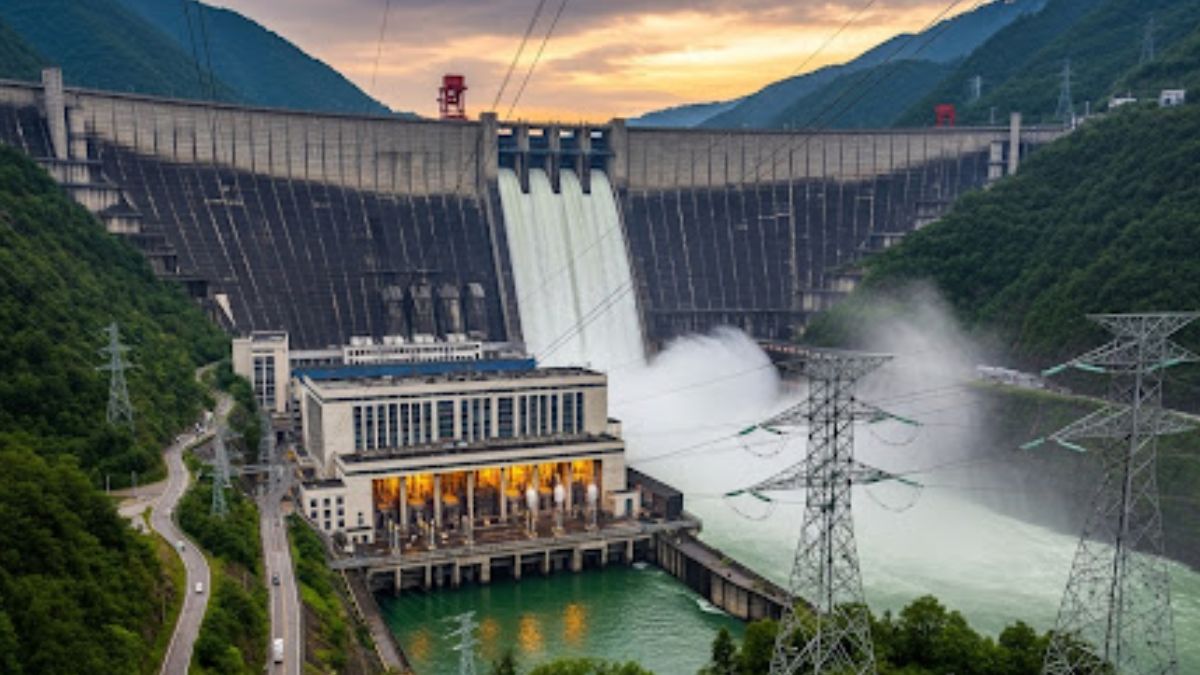1. India-Maldives Trade Settlement Update (ACU + Local Currency Option)
In a significant move to ease trade between India and the Maldives, the Reserve Bank of India (RBI) has allowed trade settlements in local currencies, Indian Rupee (INR) and Maldivian Rufiyaa (MVR), apart from the traditional Asian Clearing Union (ACU) mechanism. This follows a Memorandum of Understanding (MoU) signed between the RBI and the Maldives Monetary Authority in November 2024.
What is the ACU? The Asian Clearing Union is a payment system established in 1974 to make regional trade easier by minimizing the use of hard currencies like the US Dollar. Member countries settle payments using special units, ACU Dollar, ACU Euro, or ACU Yuan and only the net amount is paid after offsetting receivables and payables. Current members include India, Maldives, Iran, Nepal, Bhutan, Bangladesh, Myanmar, Pakistan, and Sri Lanka.
Significance:
- Reduces transaction costs
- Strengthens currency cooperation in the region
- Speeds up trade payments
2. Pension Scheme for RRB Employees – New Relief
The 2018 Pension Scheme for employees of Regional Rural Banks (RRBs) was made effective from November 1, 1993. Initially, banks were given five years starting FY 2018-19 to spread out (amortize) the cost of implementing this pension scheme.
Now, acknowledging financial stress on RRBs, the RBI has granted an additional 5-year window from FY 2024-25 onwards. However, every year they must expense at least 20% of the outstanding liability. This gives RRBs more breathing room to manage finances.
3. RBI Clarifies How Banks Should Report Financial Information (Effective FY 2024-25)
To improve clarity and uniformity in financial reporting, RBI issued clarifications under the Financial Statements Presentation and Disclosures Directions, 2021:
- Lien-marked deposits (such as margin money) should be properly classified under ‘Schedule 3: Deposits’ with clear disclosure.
- Loans guaranteed by schemes like CGTMSE or NCGTC should be shown under ‘Schedule 9(B)(ii): Government or Bank Guaranteed Advances’.
- Repo and Reverse Repo transactions must disclose both face value and market value to provide accurate financial data.
These updates are mandatory for all commercial and cooperative banks for financial statements ending March 31, 2025, and onward.
4. Right-of-Use (ROU) Asset – Capital Calculation for NBFCs
As per Ind AS 116 (Accounting Standard for Leases), companies report ROU assets for leased properties like buildings. NBFCs asked if these assets should be deducted when calculating regulatory capital.
RBI clarified that if the leased asset is tangible (such as a building or equipment), it is not to be deducted from capital. Instead, it will be assigned a 100% risk weight, just like any other owned tangible asset.
Applies to:
- NBFCs
- Housing Finance Companies (HFCs)
- Core Investment Companies (CICs)
- Asset Reconstruction Companies (ARCs)
- Mortgage Guarantee Companies
- Standalone Primary Dealers (PDs)
5. The RBI has issued updated prudential norms for capital adequacy in RRBs:
- Minimum Capital to Risk-weighted Assets Ratio (CRAR) must be 9%.
- Tier 1 Capital must be more than 7%.
- Tier 2 Capital must be less than Tier 1 Capital.
Tier 1 Capital Includes:
- Paid-up capital
- Share premium
- Statutory and free reserves
- Capital reserves
- Perpetual Debt Instruments (PDIs)
- Revaluation reserves (allowed only up to 45% under strict conditions)
Tier 2 Capital Includes:
- General provisions and loss reserves (up to 1.25% of risk-weighted assets)
- Full amount of Investment Fluctuation Reserve (IFR)
6. Revised Norms for Government-Guaranteed Security Receipts (SRs)
Certain deductions must be made from capital, including goodwill, pension assets, and specified deferred tax assets.
If a loan is sold to an Asset Reconstruction Company (ARC) at a value higher than its net book value (NBV), and part of the payment is in Government-guaranteed Security Receipts (SRs):
- The extra amount can be shown as profit in the Profit & Loss (P&L) account.
- However, the value of the SRs must be deducted from CET1 capital, and banks cannot pay dividends from this portion.
SR Valuation:
- Based on Net Asset Value (NAV) declared by the ARC.
- After the government guarantee expires, SRs must be revalued accordingly.
7. RBI Executive Director Appointments
Two new appointments were made:
- Dr. Ajit Ratnakar Joshi will oversee the Department of Statistics and Information Management and the Financial Stability Department.
- Shri Indranii Bhattacharyya will oversee the Department of Economic and Policy Research.
8. Liquidity Management Measures by RBI
To maintain stable liquidity conditions in the banking system, the RBI announced two actions:
- Conduct Open Market Operations (OMO) to purchase government securities worth ₹1,00,000 crore in two parts of ₹50,000 crore each.
- Hold a USD/INR swap auction for $10 billion with a 36-month term on March 24, 2025.
9. New Banknotes in ₹100 and ₹200 Denominations
RBI will issue new ₹100 and ₹200 notes in the Mahatma Gandhi (New) series. These will carry the signature of Governor Sanjay Malhotra. All previous notes of these denominations remain legal tender.
10. India-Mauritius MoU for Trade in Local Currency
India and Mauritius signed a new agreement to allow bilateral trade using Indian Rupee (INR) and Mauritian Rupee (MUR). This will help save time and reduce the cost of transactions for importers and exporters.
11. Digital Payments Awareness Week 2025
RBI celebrated Digital Payments Awareness Week (DPAW) from March 10 to 16, 2025 under the theme “India Pays Digitally”.
Objectives:
- Promote digital payments
- Educate users on safe practices
- Encourage the adoption of digital platforms
RBI also launched competitions and outreach campaigns through banks and payment operators to raise awareness.
12. RBI’s FDI Company Analysis (2023-24)
RBI studied over 2,400 foreign direct investment (FDI) companies that follow Indian accounting rules. Findings:
- Major FDI sources: Singapore, Mauritius, USA
- Main sectors: Manufacturing and services (especially IT and telecom)
- Sales growth slowed to 9.3% in 2023-24 (from 20.3% last year)
- Due to cost control, operating profits increased by 20.4%
13. RBI Invites SRO Applications for Account Aggregator (AA) Ecosystem
RBI is seeking Self-Regulatory Organisations (SROs) to help manage and regulate the Account Aggregator ecosystem.
Eligibility:
- Must be a not-for-profit with ₹2 crore minimum net worth
- Should have 100 members or cover 75% of the AA ecosystem
Functions:
- Frame and enforce rules
- Resolve disputes
- Promote best practices and data protection
14. Financial Sector Assessment Program (FSAP) – 2024 Review
This review is done jointly by the IMF and World Bank. The last FSAP for India was in 2017; the 2024 review found:
- India’s financial system is now more stable and diverse
- NBFC regulation has improved, with a better focus on large entities
- Suggested improvements in banking supervision and digital lending rules
- Warned about new risks like cybersecurity, climate change, and financial contagion
15. RBI Imposes Monetary Penalties
- HDFC Bank: ₹75 lakh penalty for KYC violations
- Punjab & Sind Bank: ₹68.2 lakh penalty for not following reporting and financial inclusion rules
16. Repo Access for Standalone Primary Dealers (SPDs)
Previously, SPDs could only participate in some repo operations. Now, RBI allows them to take part in all repo operations regardless of tenor.
Also, the Standing Liquidity Facility limit for SPDs is raised from ₹10,000 crore to ₹15,000 crore starting April 2, 2025.
17. Ways and Means Advances (WMA) Limit for Govt. of India (H1 FY 2025-26)
- WMA limit set at ₹50,000 crore for April-September 2025.
- RBI may initiate new government borrowings if 75% of this limit is used.
-
Interest Rates:
- WMA: Repo Rate
- Overdraft: Repo Rate + 2%


